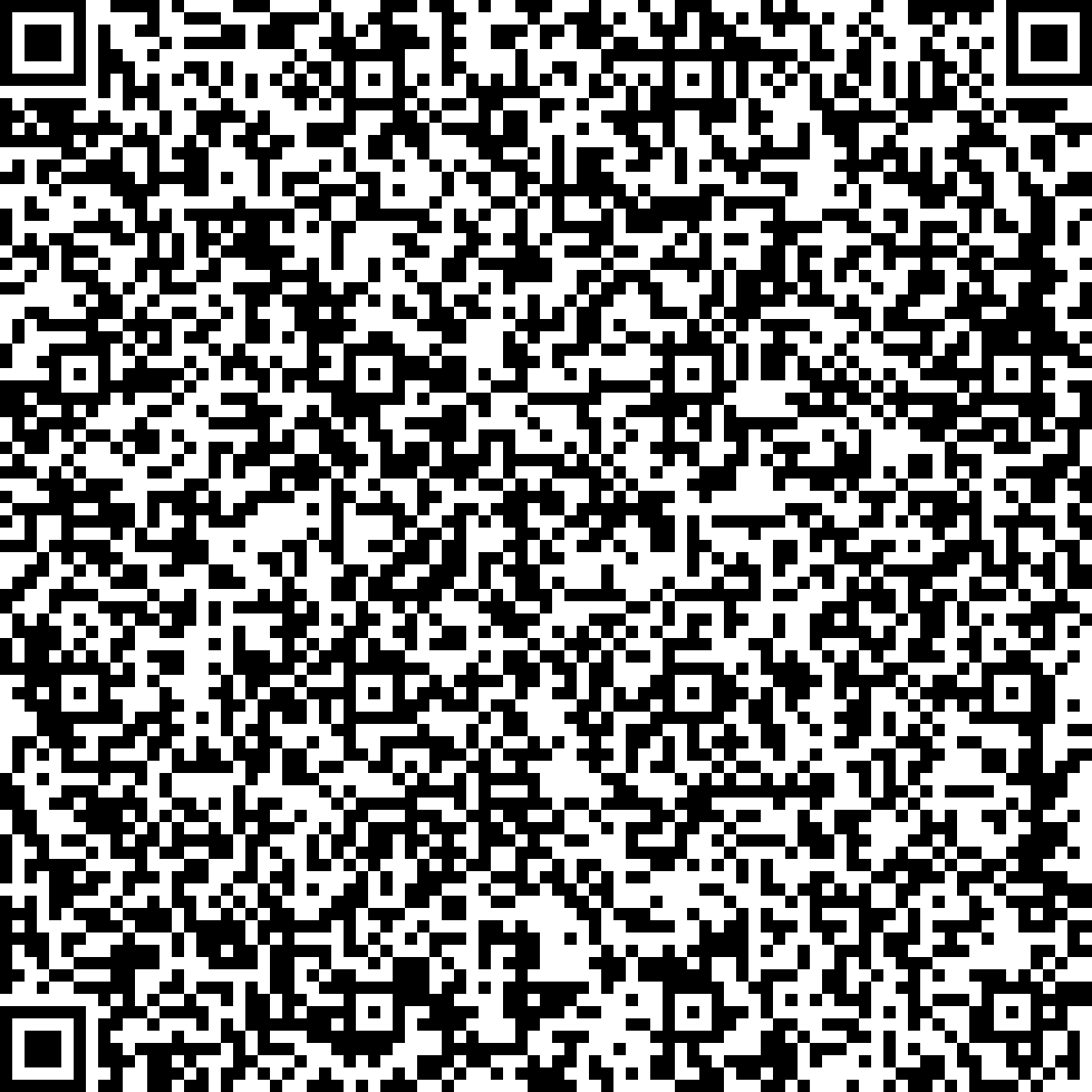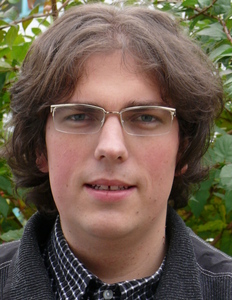


Many recent experimental investigations show that the measurement of charge transport through single molecules is possible. Still, signatures of truly molecule mediated quantum transport have to be identified in the experiments and their theoretical mechanisms need to be understood. A possible way to create such intrinsic properties, firstly proposed by Aviram and Ratner [1] and recently shown experimentally by Elbing et al. [2] is to divide rod-like molecules into weakly coupled parts with different electronic properties. We have investigated using Density Functional Theory the nonlinear quantum transport through phenylene ethynylene based molecules. We observe asymmetric IV characteristics for asymmetric molecules, whereas our calculations show symmetric currents for symmetric molecules.
[1] A. Aviram and M.A. Ratner, Chem. Phys. Lett 29, 277 (1974).
[2] M. Elbing et al., Proc. Natl. Acad. Sci. USA 102, 8815 (2005).



Many recent experimental investigations show that the measurement of charge transport through single molecules is possible. Still, signatures of truly molecule mediated quantum transport have to be identified in the experiments and their theoretical mechanisms need to be understood. A possible way to create such intrinsic properties, firstly proposed by Aviram and Ratner [1] and recently shown experimentally by Elbing et al. [2] is to divide rod-like molecules into weakly coupled parts with different electronic properties. We have investigated using Density Functional Theory the nonlinear quantum transport through phenylene ethynylene based molecules. We observe asymmetric IV characteristics for asymmetric molecules, whereas our calculations show symmetric currents for symmetric molecules.
[1] A. Aviram and M.A. Ratner, Chem. Phys. Lett 29, 277 (1974).
[2] M. Elbing et al., Proc. Natl. Acad. Sci. USA 102, 8815 (2005).